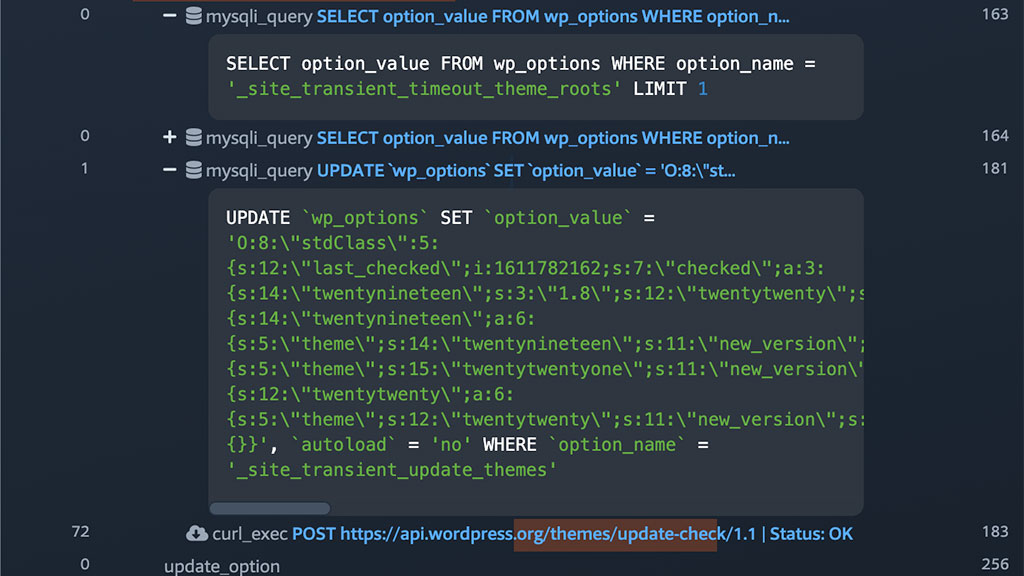
Python is one of the best programming resources available for designing machine learning systems. With a variety of technical abilities and potentially time-saving loops and processes, it can be an invaluable tool. However, it’s these capabilities that also make Python difficult to use. In many cases, Python may seem sluggish as it tries to navigate intricate, complicated strings of code. While this can put programmers off using the language at all, there are processes you can do to make Python apps run faster. With that in mind, let’s discuss python optimization in 3 easy steps:
There are a plethora of libraries available to help with python optimization. The libraries profile code and discover bottlenecks that could lead to processing delays. Using tools such as <timeit>, can provide feedback on multiple sections or variants of code displayed in close proximity for direct comparison. It’s a simple system, gives instant feedback on processing time and determines which string of code is more efficient for a given process.
Stackify Prefix is a free code profiling tool that will help developers to solve unexpected issues including slow SQL (structured query language); hidden exceptions, and many more. By validating the performance of code as it is written, Prefix users push better code to testing, receive fewer support tickets from production, and have happier dev managers. Prefix offers support for Python on Windows and MacOS as well as .NET, Java, PHP, Node.js, and Ruby. Download Prefix for free.

If you want something more intricate, using <cProfile> can yield far more in-depth results for a given string. Possible functions and their intended outcomes include:
<ncalls> number of calls made
<tottime> total time spent in a process
<percall> takes a quotient of <tottime> over <ncalls>
<cumtime> represents cumulative time spent in processes
There are other, more detailed functions you can use, but they could become confusing if you’re not familiar with using cProfile. Learn more on the Stackify blog here.
When conducting Python optimization, it’s important to optimize loops. Loops are commonplace in coding and there are a number of integrated processes to support looping in Python. Often, the integrated processes slow down output. Code maps are a more effective use of time and speeds up Python processes.
Code maps are built-in constructs meant to streamline complex code. This makes it easier to share or define without excessive parameters and functions. They map out a section of code and deliver results in a more compact and organized way. This can efficiently transform dozens of lines of code to a single line.
Dead code uses up processing power and slows down your Python optimization and code output. Make sure to regularly remove dead or redundant code from strings to save memory. There’s a variety of housekeeping and streamlining processes you can implement to manage, sequester, release, and store away code that isn’t always in use. These include:
Context managers tuck away and release code for a function. This means they don’t clog up working memory unless needed. In return, this speeds up operations, opens up working memory for necessary code, and keeps your code organized.
Multiprocessing allows Python to run multiple processes simultaneously, utilizing any memory banks at its disposal that are separate from working memory. This can allow access to server memory and efficiently running external background processes.
If a data inquiry or frequently used components are taking too long to complete, having processes in place to preload these functions can save time for common tasks.
Additionally, Technology stacks can maintain certain processes. Redis can manage component cache, while RabbitMQ can control job queues and exports, not only streamlining the internal processes of your code but making the delivery of information faster and more efficient.
Using an application performance management tool, like Stackify Retrace for Python optimization. Retrace allows you to proactively identify more issues in QA and continuously improve applications in production environments. Retrace makes it easy to find performance problems and errors. QA & DevOps catch problems in non-prod that go far beyond functional testing and developers receive the insight necessary to proactively improve their Python code performance. Try your free, 14 day Retrace trial.
For additional guidance, see 20 Simple Python Performance Tips.
Stackify's APM tools are used by thousands of .NET, Java, PHP, Node.js, Python, & Ruby developers all over the world.
Explore Retrace's product features to learn more.